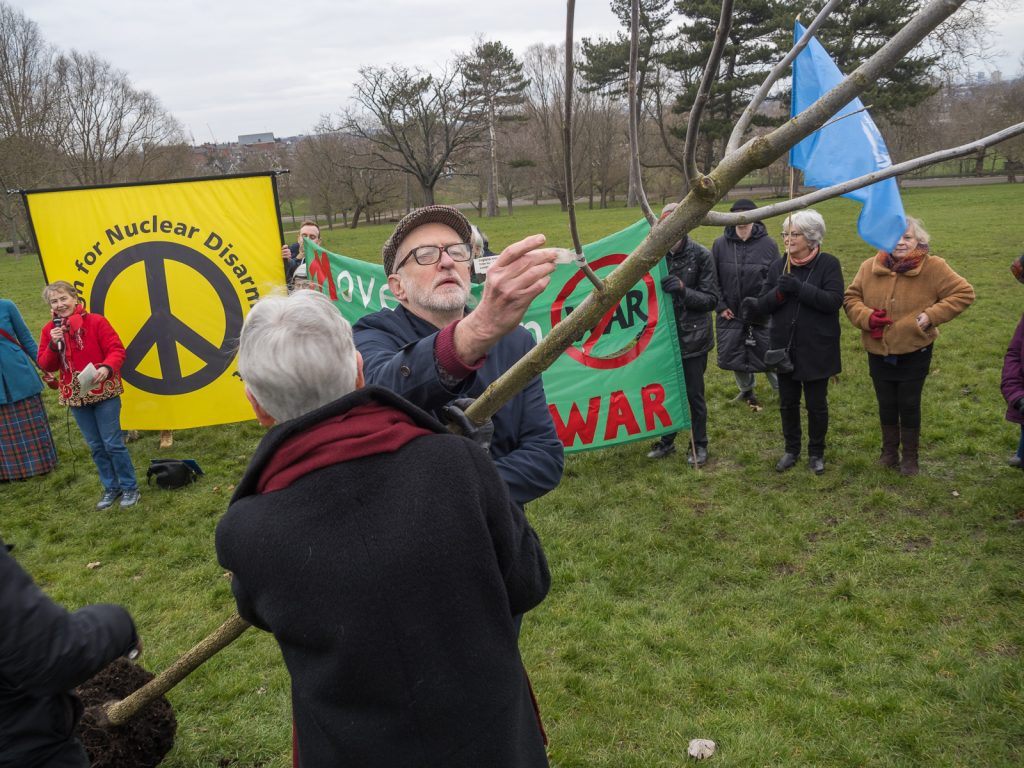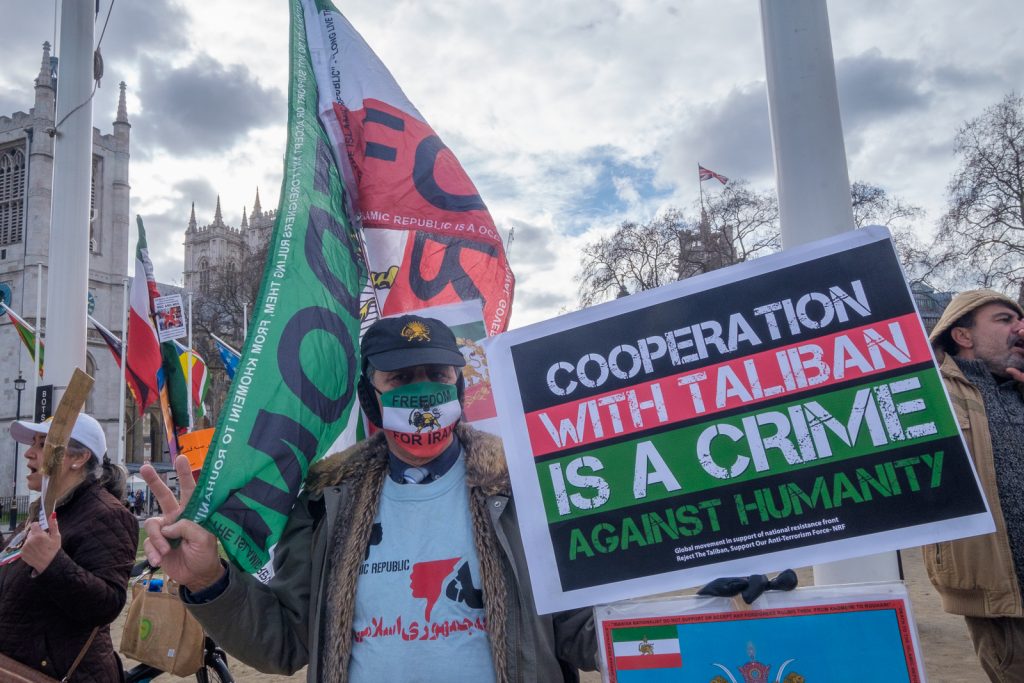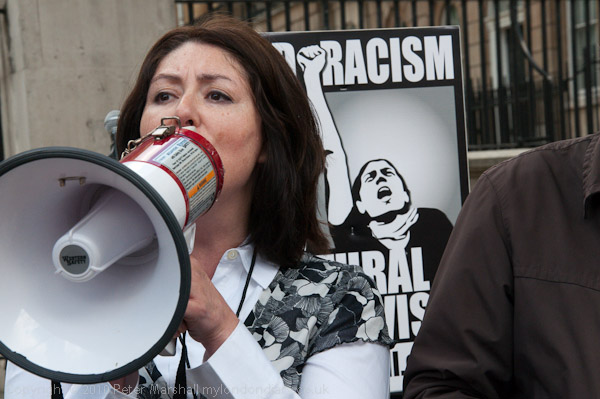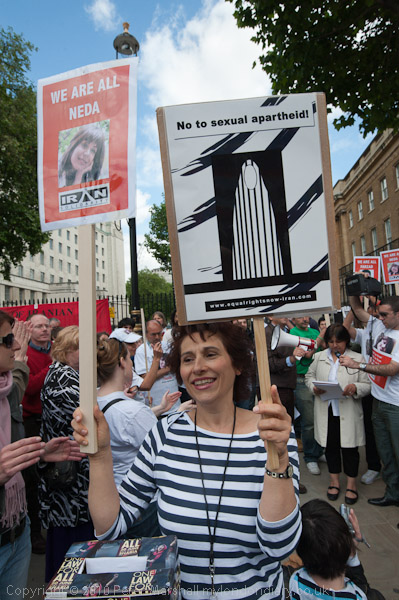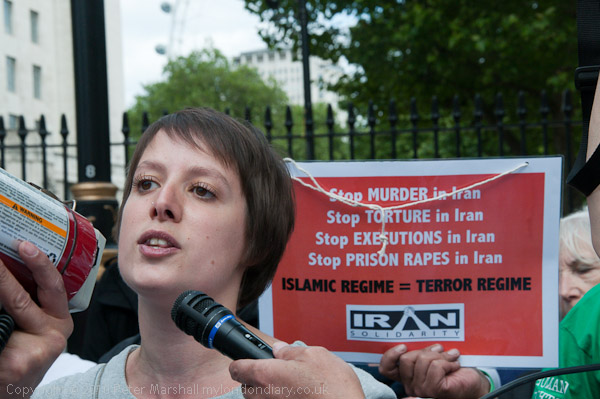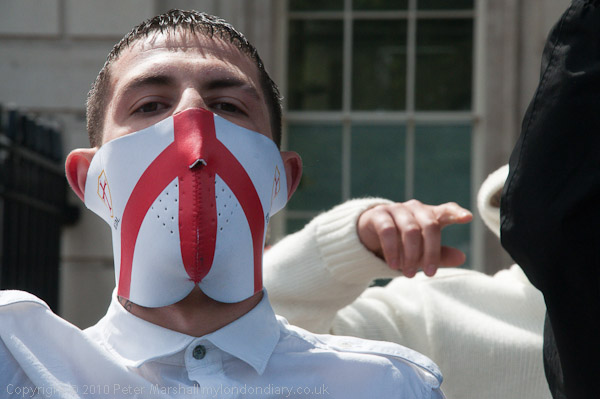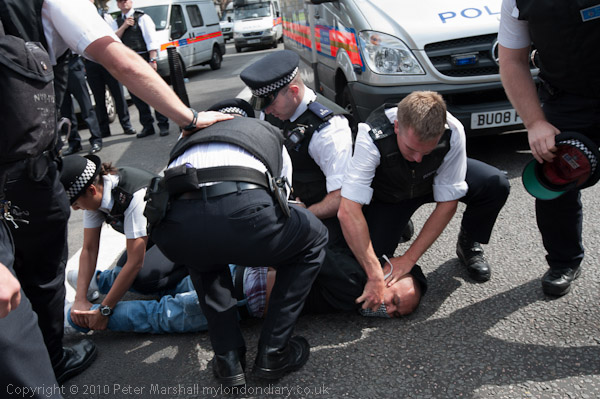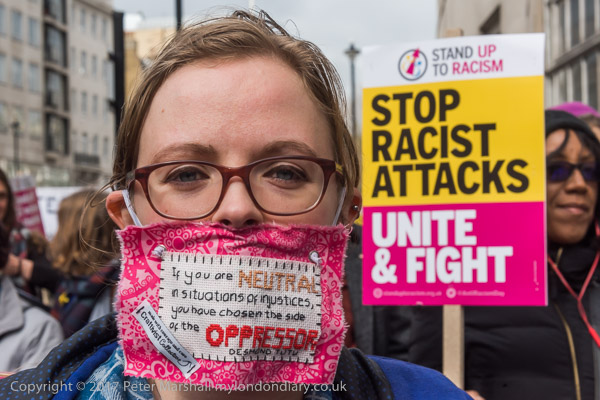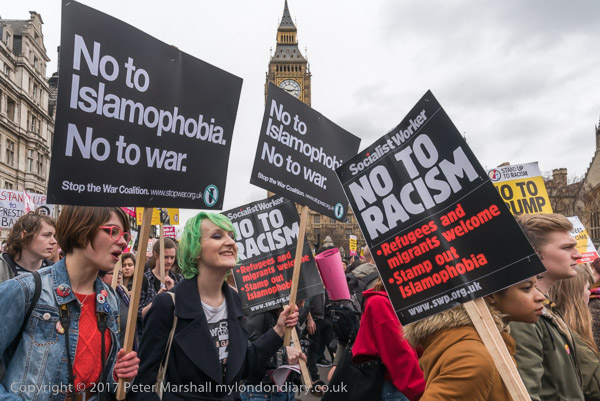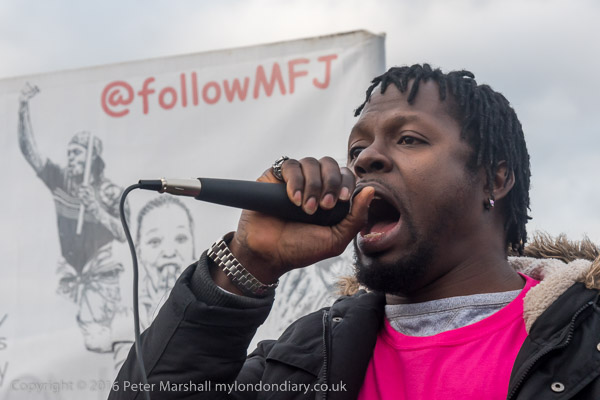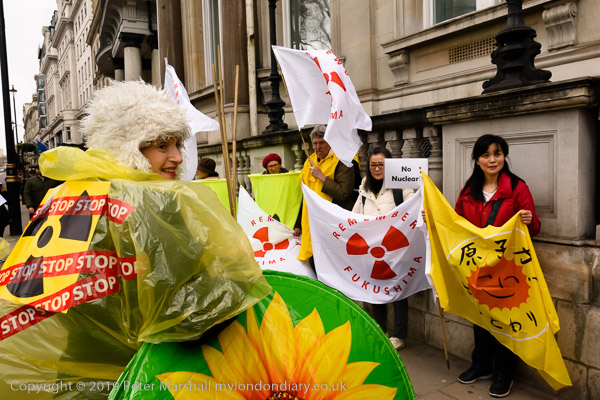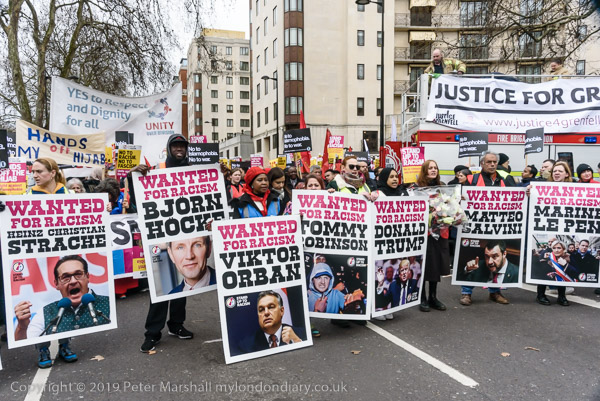Divided Families, Gaza, Ghouta & Sri Lanka: Saturday 23rd August 2014 was a busy day for protests around Whitehall. I began at Downing Street with a protest by family members kept apart from their loved ones by Teresa May’s cruel and unfair immigration rules in a deliberate breach of the Universal Declaration on Human Rights, then photographed a protest against arms sales to Israel and an end to Israeli war crimes. Then in Trafalgar Square Syrians marked the first anniversary of The chemical massacre at Ghouta before marching to Downing Street, where Tamils were protesting the rapes and killing in Sri Lanka.
Divided Families protest over cruelty – Downing St

The Universal Declaration on Human Rights states:
'No one shall be subjected to arbitrary interference with his privacy, family, home or correspondence, nor to attacks upon his honour and reputation. Everyone has the right to the protection of the law against such interference or attacks.'
But British citizens who are married to foreign nationals from outside the EU and may have children with them can only bring their partners to the UK if they are in well-paid jobs. And even then the visas needed are expensive and there are tough English Language tests, a need to prove greater attachment to the UK than of any other country and a five year probationary period.

The rules are complex and hard to understand and have changed since 2014, particularly by Brexit. Then those earning less than £18,600 a year were unable to bring on-EU spouses to join them – and couples with two children needed an annual income of £24,800. Visa application was also (and still is) very expensive.
More at Divided Families protest over cruelty
Gaza Protest – Stop Arming Israel – Downing St

Back in 2014 as now people were calling for an end to UK arms sales to Israel and for an end to Israeli war crimes.
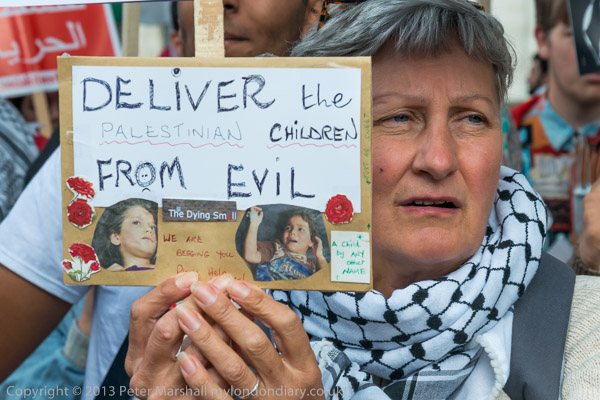
The 2014 conflict in Gaza resulted in over 2000 Palestinians being killed including almost 1500 civilians and many more injured, leaving around a thousand children with life-changing disabilities.
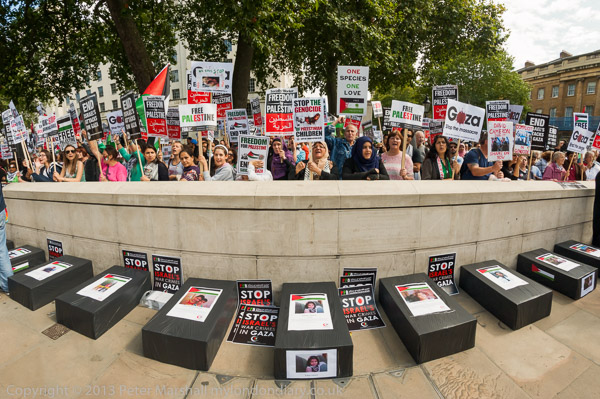
Fighting lasted 50 days with many schools and health centres being damaged and over 12,600 homes being destroyed and around a further 6,500 seriously damaged. At the time of this protest UNRWA was housing around 300,000 internally displaced people in the roughly half of its school buildings which had not been destroyed or seriously damaged.

Among the protesters were several groups of Jews, including ‘Jews for Justice for Palestinians’. Also there were Neturei Karta Orthodox Jews with banners opposing Zionism and the idea of a Jewish political state; they call for all to live peacefully together in Palestine – as Jews and Arabs did before the partition and formation of Israel.

A small group of pro-Israel protesters, one dressed as Superman, tried to disrupt the protest but after a short while were led away by police.

More pictures at Gaza Protest – Stop Arming Israel.
Syria Chemical Massacre Anniversary – Trafalgar Square

The chemical attack using the nerve gas Sarin by the Assad regime on Ghouta on 21st August killed 1,477 residents including over 400 children in this Damascus suburb.
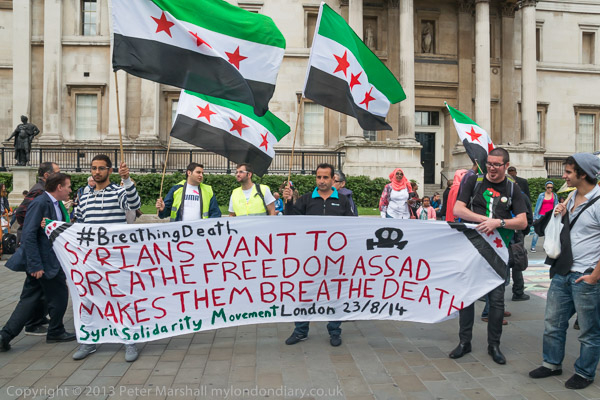
Leaders in countries around the world expressed outrage at the attack, called for action to be taken. Pressure did lead to Syria agreeing to sign the Chemical Weapons Convention and the US and Russia agreed on a framework to eliminate Syria’s chemical weapons, and much of Syria’s stock was destroyed in the year following the massacre.

Thank you for UN veto’
But Assad continued to use chemical weapons, including many attacks with chlorine gas which was not covered by the framework because of its widespread chemical uses, as well as some attacks involving Sarin or a similar nerve gas. In 2023 the UN Security council declared that Syria’s chemical weapons declaration was incomplete and demanded full disclosure and cooperation with the Organisation for the Prohibition of Chemical Weapons.
Syria Chemical Massacre Anniversary
Tamils protest Sri Lankan rapes & killing – Downing St

Following the Sri Lankan military defeat of the Tamil Tigers in 2009, Tamils allege that the Tamils who make up around 11% of the population of Sri Lankan have been the subject of a continuing genocide by the government and the Sinhalese majority.

The protest called for the UN to conduct a referendum over setting up a Tamil state and investigate Sri Lankan genocide of Tamils. The Sri Lankan government had not kept the promises it made to the international community at the time of the Tamil defeat and has subjected the Tamil region to military occupation, rapes and killing.
Tamils protest Sri Lankan rapes & killing
Flickr – Facebook – My London Diary – Hull Photos – Lea Valley – Paris
London’s Industrial Heritage – London Photos
All photographs on this page are copyright © Peter Marshall.
Contact me to buy prints or licence to reproduce.








































